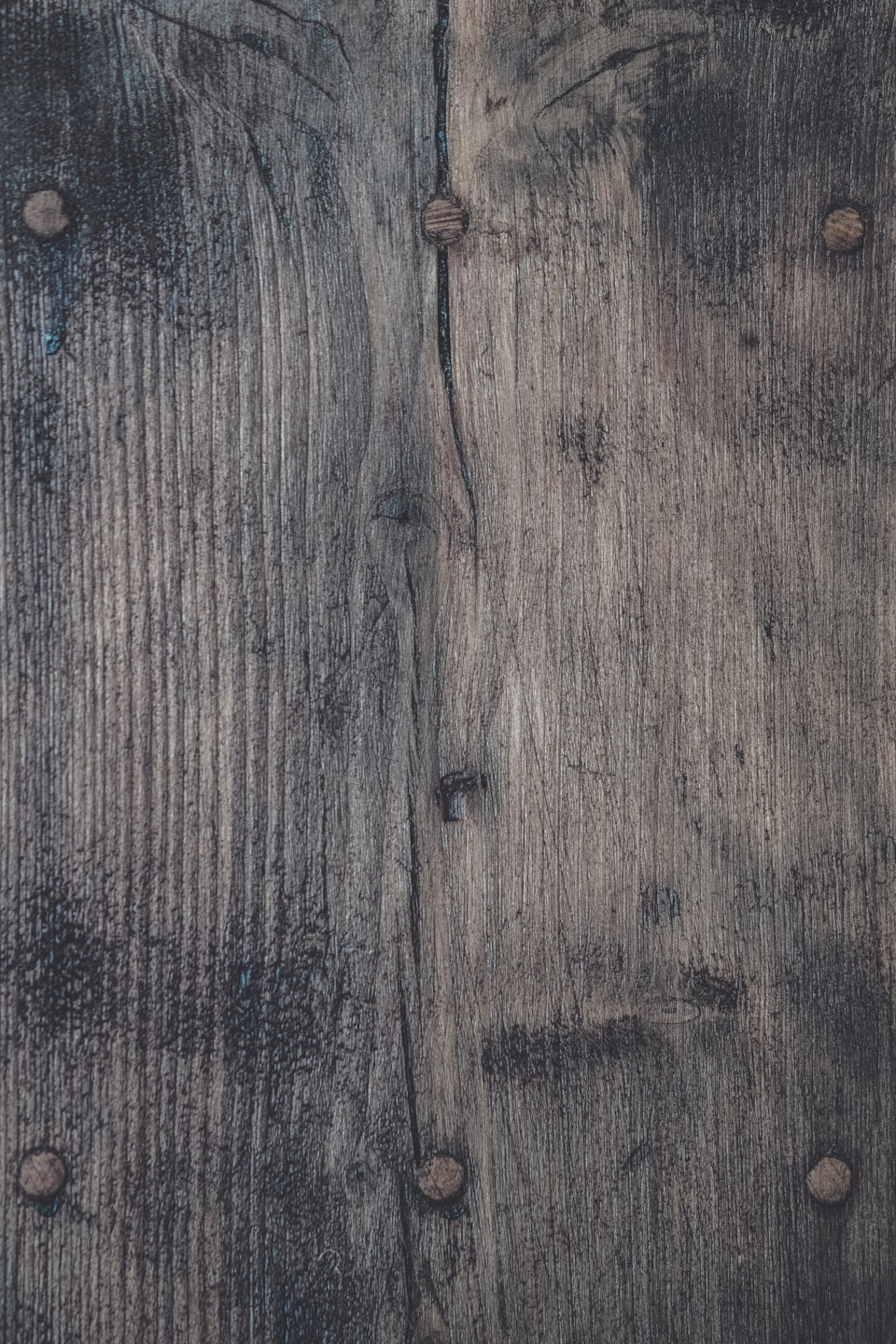The History and Origin of Granadillo Trees
Granadillo, often celebrated as “the wood that sings,” is a tropical hardwood prized for its vibrant colors and durability, commonly used in musical instruments, furniture, and decorative crafts. The term “Granadillo” refers to several species, primarily within the Platymiscium genus, but also sometimes Dalbergia granadillo, leading to some confusion in identification. Here’s a dive into the history and origins of Granadillo trees.
Origins and Habitat
- Geographic Range: Granadillo trees, particularly Platymiscium species like Platymiscium yucatanum, Platymiscium pinnatum, and Platymiscium pleiostachyum, are native to Central and South America, spanning from Mexico (notably the Yucatan Peninsula) through Central America (Belize, Guatemala, El Salvador, Nicaragua, Costa Rica) and into the Brazilian Amazon region. Dalbergia granadillo, another species often called Granadillo, is primarily found in central and southern Mexico and El Salvador.
- Growing Conditions: These trees thrive in tropical lowlands at elevations around 100 meters, often in moist or dry climates, including shade-loving primary forests, degraded soils, or poorly drained areas. They can grow in sandy soils or on limestone escarpments, showcasing adaptability. Platymiscium species reach heights of 65–80 feet with trunk diameters of 2–3.5 feet, often developing straight, well-formed boles clear up to 60 feet.
Botanical Background
- Platymiscium Genus: Most commonly associated with Granadillo, this genus includes 19 species, with P. yucatanum (noted for saturated colors and density), P. pinnatum (widely available), and P. pleiostachyum (considered top-quality but endangered) being the most prominent. These are legumes (Fabaceae family), with some species forming symbiotic relationships with nitrogen-fixing bacteria, benefiting surrounding ecosystems.
- Dalbergia Granadillo: A distinct species, also in the Fabaceae family, often confused with Platymiscium due to its similar reddish-brown heartwood and rosewood-like qualities. It’s a slow-growing tree reaching up to 66 feet and is critically endangered due to overharvesting, particularly for Chinese Hongmu furniture.
- Other Species: The name “Granadillo” is sometimes applied to unrelated species like Zygia pithecolobioides (Granadillo de Río) or Caesalpinia granadillo (Bridalveil tree), adding to taxonomic confusion. These are less commonly associated with the commercial hardwood.
Historical Significance
- Cultural and Commercial Use: Granadillo has been valued for centuries in Central and South America for its density, resonance, and aesthetic appeal. Known as a “rosewood alternative,” its popularity surged after the 1990s export ban on Brazilian Rosewood (Dalbergia nigra), as it offered similar tonal qualities for musical instruments like guitars, marimbas, and xylophones. In South America, P. pleiostachyum is especially prized for marimba bars, earning the nickname “La Madera Que Canta” (the wood that sings).
- Trade and Exploitation: Historically, Granadillo was harvested from wild forests, with Dalbergia granadillo becoming a prime target for export, especially to China for high-end furniture. Overexploitation has led to an 80% population decline in Dalbergia granadillo over three generations, earning it a “Critically Endangered” status on the IUCN Red List (2019). P. pleiostachyum is also listed on CITES Appendix II due to illegal logging, particularly in Costa Rica, where it’s nearly extinct.
- Colonial and Modern Context: Portuguese explorers introduced related dark woods like Dalbergia melanoxylon (Grenadilla) to European markets, often seeking ebony-like timbers. Granadillo’s use in cabinetry, furniture, and instruments grew in the 20th century as a sustainable substitute for scarcer rosewoods, though its own sustainability is now at risk.
Modern Challenges
- Conservation Concerns: Illegal logging and high demand have decimated populations of Dalbergia granadillo and some Platymiscium species. Efforts by organizations like California Exotic Hardwoods emphasize legal harvesting, but challenges persist due to the wood’s value and slow growth rates.
- Nomenclature Confusion: The term “Granadillo” is applied to various species, including Macacauba, Hormigo, or Mexican Rosewood, complicating identification. Names like “Hormigo Negro” (darker wood) or “Hormigo Rojo” (reddish hues) are used regionally, and some suppliers may mislabel to bypass restrictions on endangered species.
Fun Fact
Granadillo’s caramel-like scent when worked and its resistance to fungi and termites (due to secondary metabolites) make it a favorite for artisans, though its density can challenge tools and require careful finishing to avoid issues with oily resins.
Granadillo trees, with their rich history and ecological adaptability, remain a cornerstone of tropical hardwood craftsmanship but face a critical need for sustainable management to preserve their legacy.



